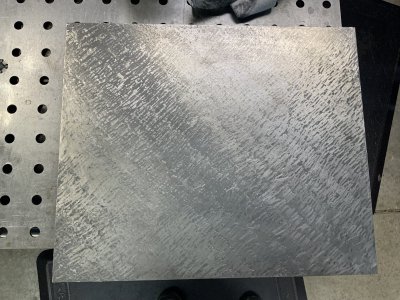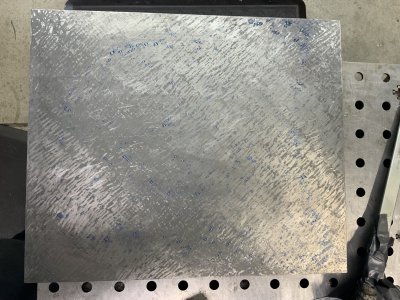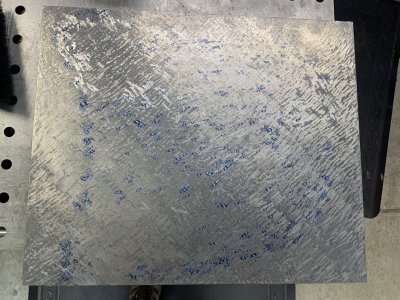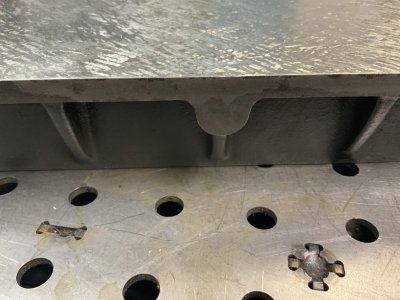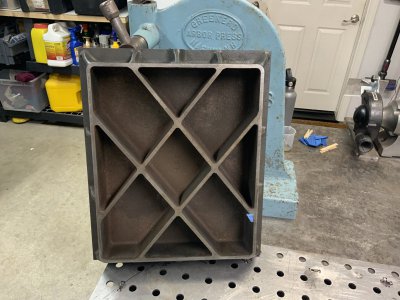- Joined
- Mar 26, 2018
- Messages
- 8,707
The plate is hinging perfectly. I’ve used .0015 feeler gauges to make sure I’m not high in the center.
After 2 hours of scraping and printing, I feel very close.
The blueing is coming out much better. Maybe a few more dive bombs on the high points.
After 2 hours of scraping and printing, I feel very close.
The blueing is coming out much better. Maybe a few more dive bombs on the high points.


